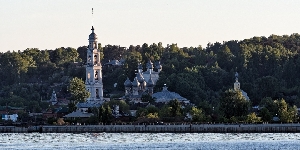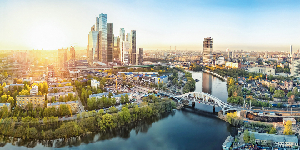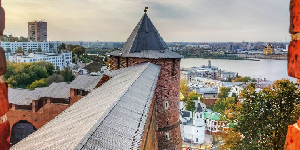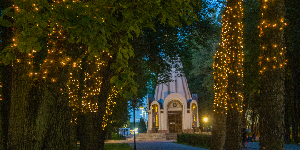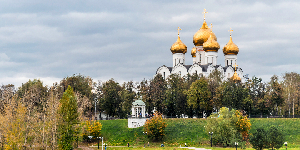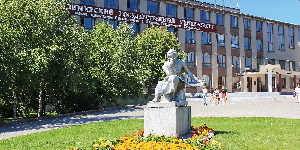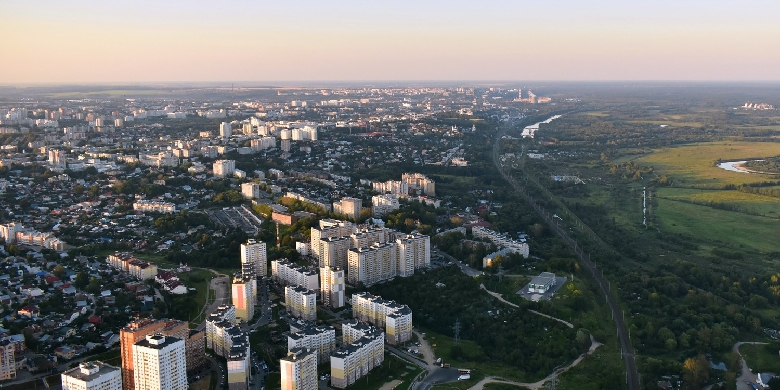
Photo by Polina Green on Unsplash
Geography. The region is located in the center of European Russia, on the plain, in the center of the continent, far from the seas and oceans. It occupies a part of the Oka-Volga interfluve region and lies on both sides of the Klyazma River. It borders the Moscow Region in the west and the southwest, the Yaroslavl and Ivanovo Regions in the north, the Ryazan Region in the south, and the Nizhny Novgorod Region in the east. The area is 29,084 km².
Climate. The climate is moderately continental, with warm summers, moderately cold winters, and stable snow cover.
Average temperature
- 11°С… -12°С in January
- +17°С… +19°С in July
Population
Economy. The most well-developed industries are the metalworking industry, mechanical engineering, instrument engineering, manufacturing of construction materials, woodworking, and the food industry.
Logistics.
Three important main railway lines are Moscow - Nizhny Novgorod, Moscow - Yaroslavl, and Moscow - Kazan.
- There is a well-developed highway network in the region. The main national highway running through Vladimir is Moscow – Kazan. The bus routes connect the cities in the Vladimir Region with Moscow, Ivanovo, Nizhny Novgorod, Ryazan, Kostroma, Yaroslavl, and others.
- The Klyazma River is one of the major rivers in the region. In the southeastern outskirt, along the border with the Nizhny Novgorod Region, it flows into the Oka River, which is of great transport importance. The Moscow– Nizhny Novgorod passenger line runs along the Klyazma River.
Tourist attractions
- The Church of the Intercession of the Holy Virgin on the Nerl River. The one-headed white-stone church is situated on the bank of the Nerl River, far from the settlements, surrounded by meadows and lakes. It was built in 1165. It is dedicated to the new Russian holiday – the Intercession of the Holy Virgin, established by Andrey Bogolyubsky in the 11th century. The church walls are decorated with carvings with the images of King David, animal figures, and female masks.
- The Museum of Wooden Architecture in Suzdal is a unique architectural reserve with a real spirit of the Russian village of the 18th-19th centuries. It was created in the 1960s of the 20th century. The preserved wooden buildings, such as peasant houses, barns, churches, baths, and windmills, were brought here from across the region. Inside all the buildings, the interior of the past centuries is accurately reconstructed to the smallest detail and there are exhibitions displaying the everyday life of Russian peasants.
- The Monument to Holy Peter and Fevronia of Murom. The monument to the most famous saints in Murom land is located on Krasnoarmeyskaya Square, near the Holy Trinity Convent in Murom. The monument is a symbol of marital fidelity. Behind the saint couple, there is a rabbit symbolizing fertility. Tourists and city residents often rub the rabbit’s nose, believing that this will bring them luck.
The capital is the city of Vladimir, founded in 990.
Population
Vladimir is a city with the richest cultural heritage. It is a part of the Golden Ring of Russia. It is a major tourist capital and one of the most visited Russian cities.

